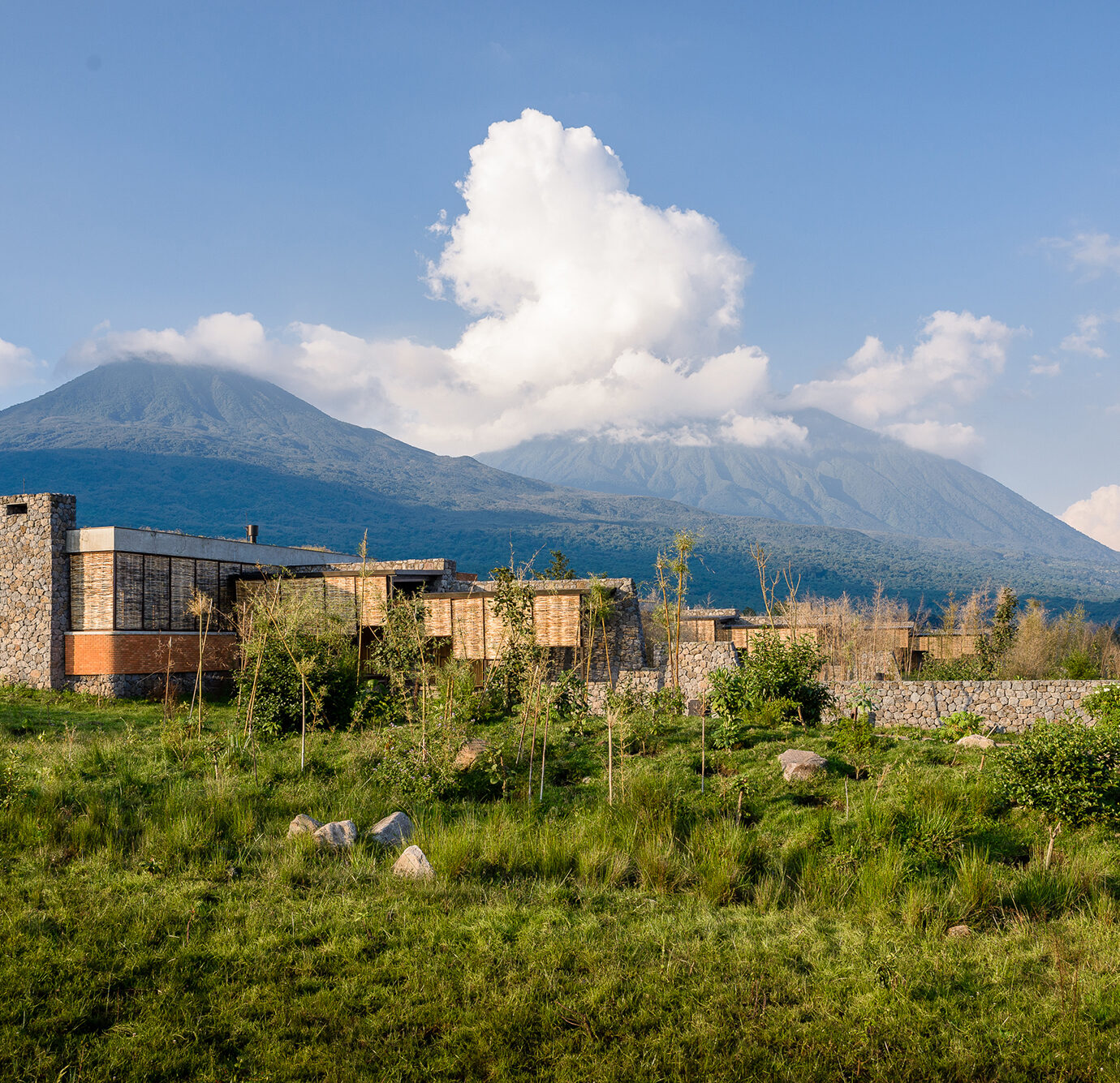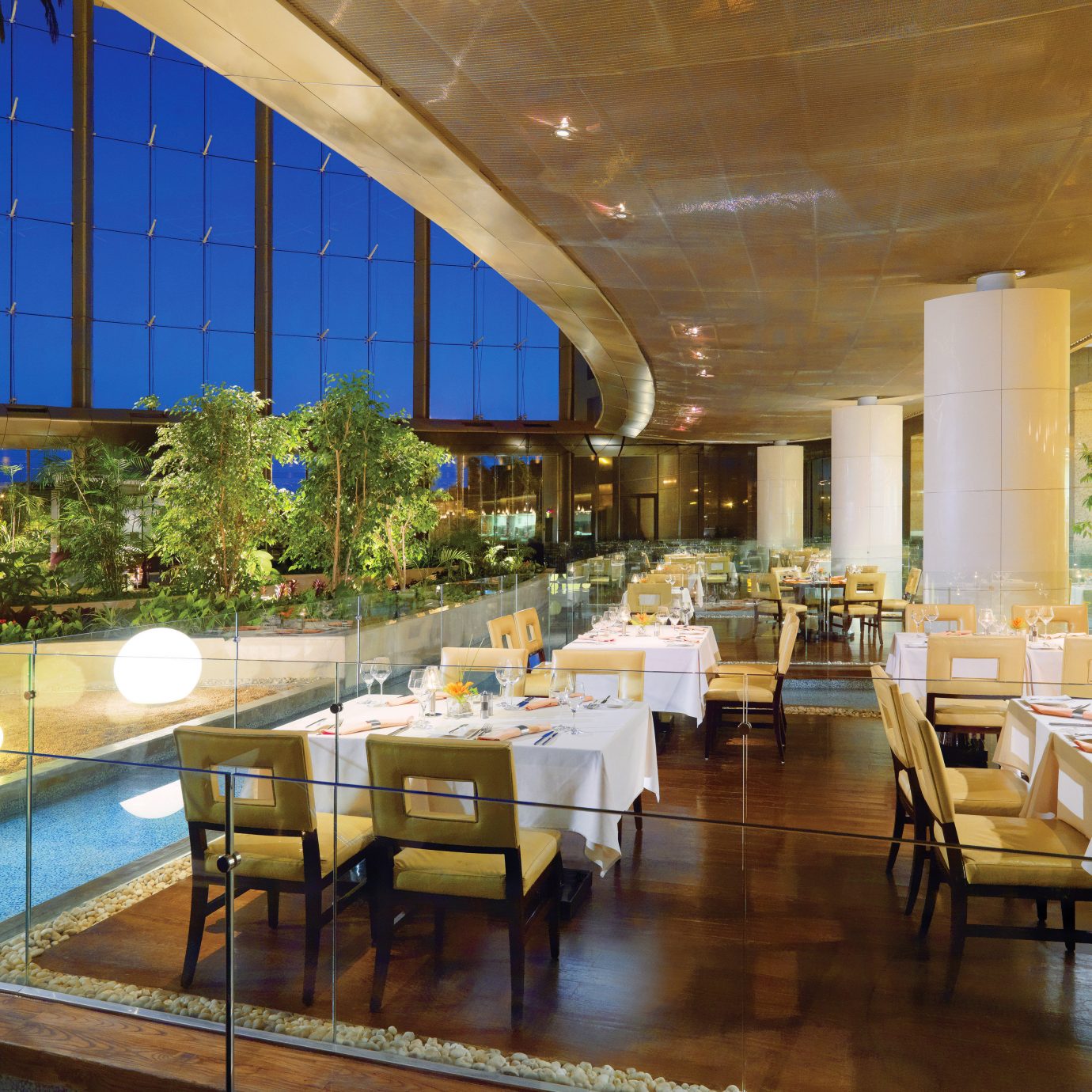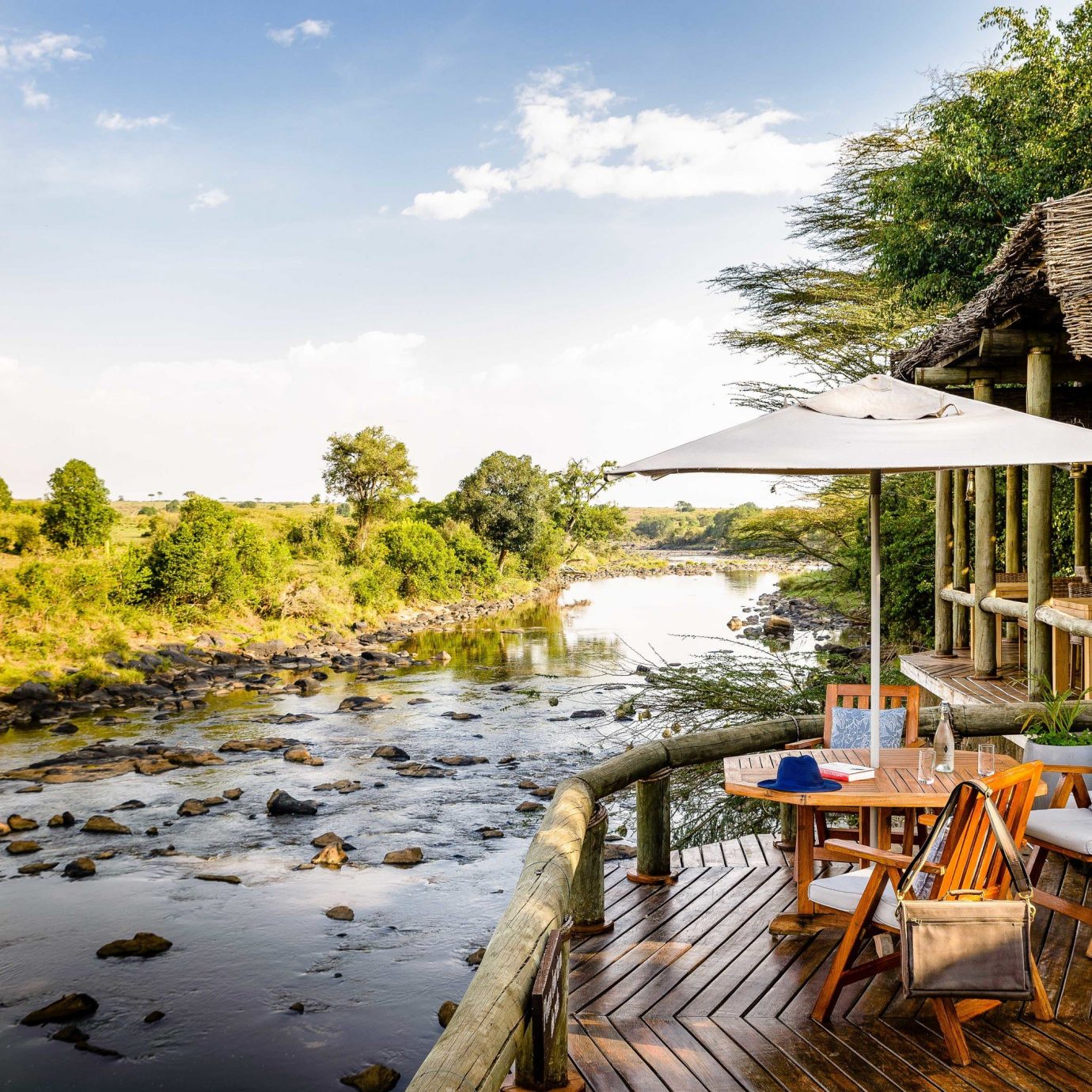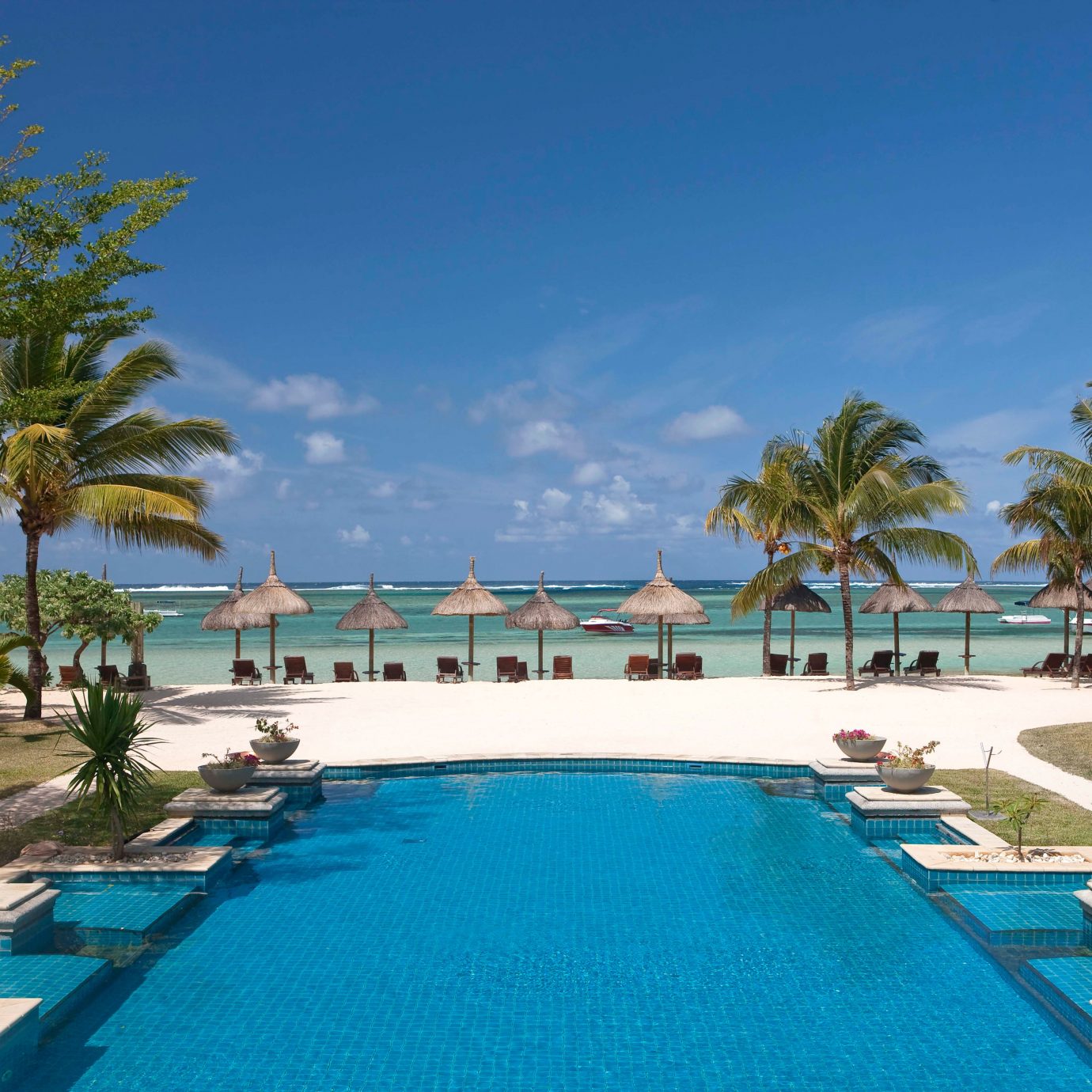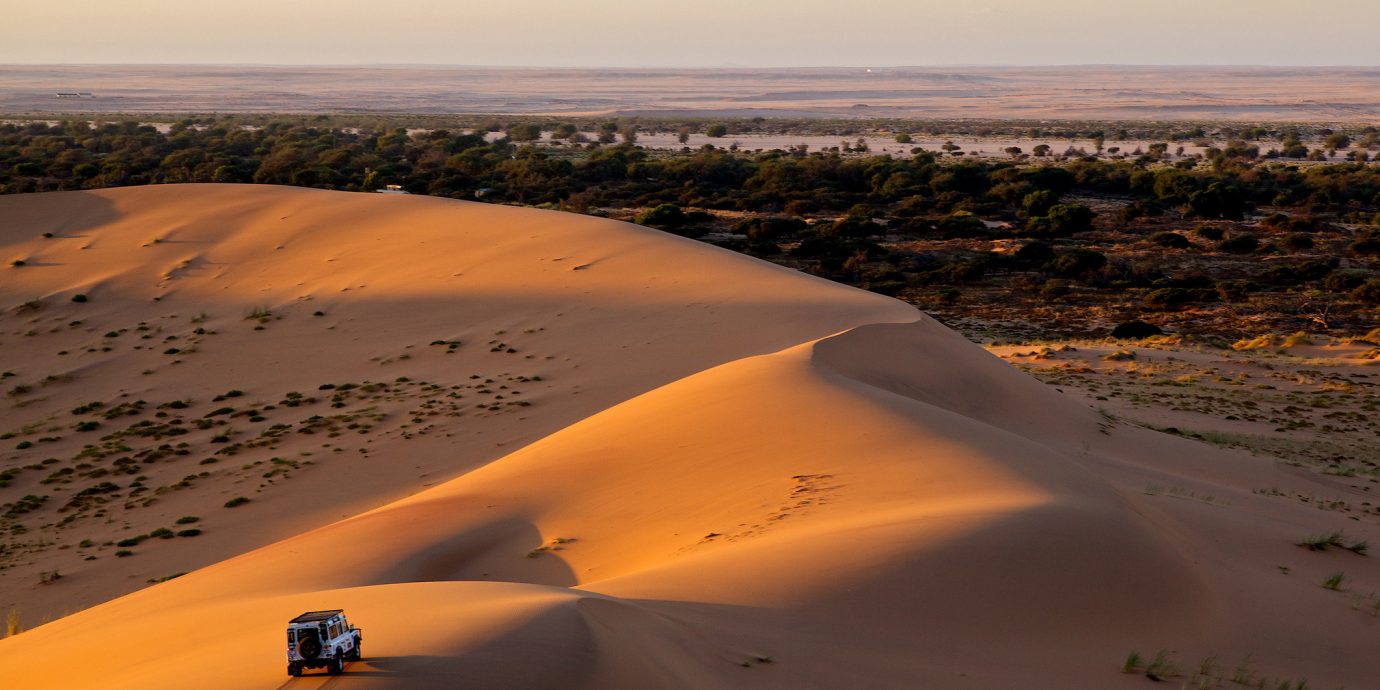
7 Epic Things to Do in Namibia (If We Were Harry and Meghan)
It seems only fitting that, following one of the most public weddings in recent history, Prince Harry and Meghan Markle would choose Namibia—one of the least densely populated countries in the world—for their honeymoon. Here, a few of the places and sights we think they should add to their itinerary.
Senior Editor, Jetsetter | @lindseytravels | lindseytravels.com
Natural Selections’ Hoanib Valley Camp
If the rumors are true, the newly crowned duke and duchess will check into Natural Selection’s latest outpost—Hoanib Valley Camp—built in an arid conservancy in Kaokoland, in northwestern Namibia. Their choice is a perfect one: the twosome will likely not find a more secluded sanctuary than this to recuperate from their royal wedding. Just six raised tents (built on wooden decks from bamboo and recycled materials) are set up between the Obias and Hoanib rivers, run entirely on solar power, and kitted out with locally made artifacts like furniture by Rundu and Himba carpenters and baskets weaved in Windhoek.
Here, all manners of desert-adapted wildlife flourish: elephants, lions, zebras, kudus, black rhinos, and—the conservancy’s main focus—giraffe. Perhaps influenced by their work (and interest) in conservation, the couple will have the choice of spending their days here taking guided nature walks and game drives through the surrounding dunes and riverbeds as well as paying a visit to the giraffe conservation foundation base and local Herero villages.
RELATED: The Most Luxurious Safari Getaways in Africa
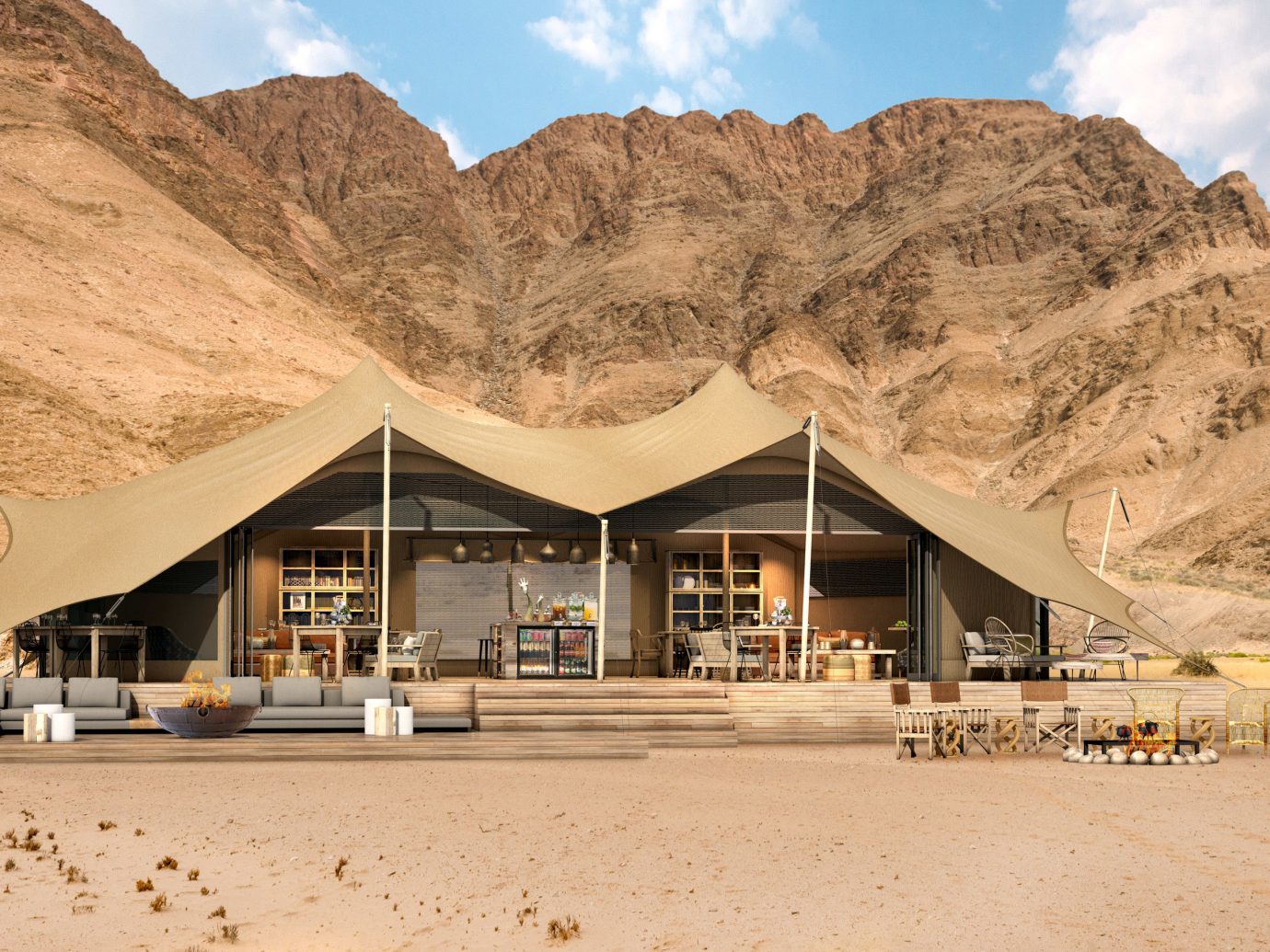
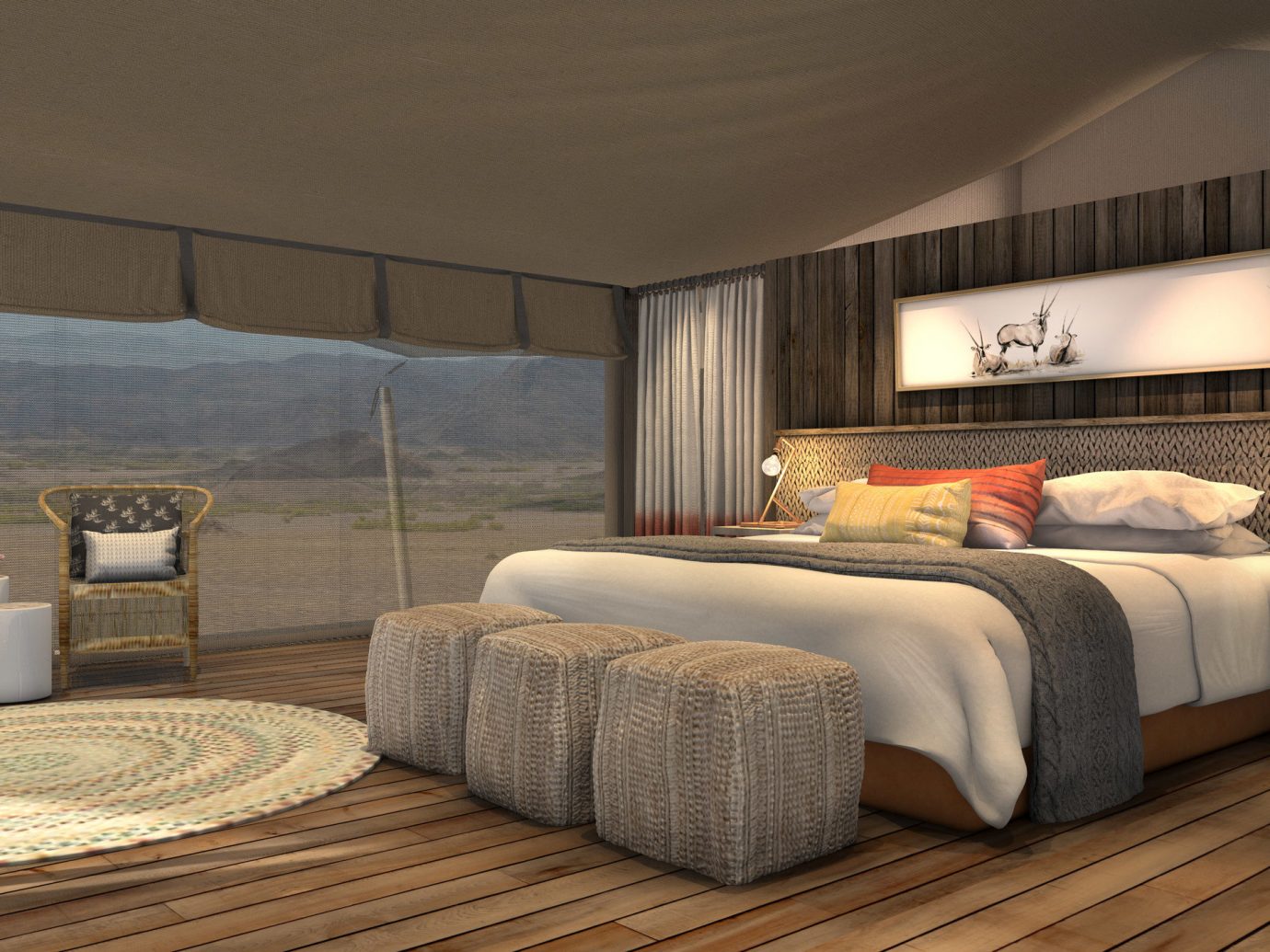
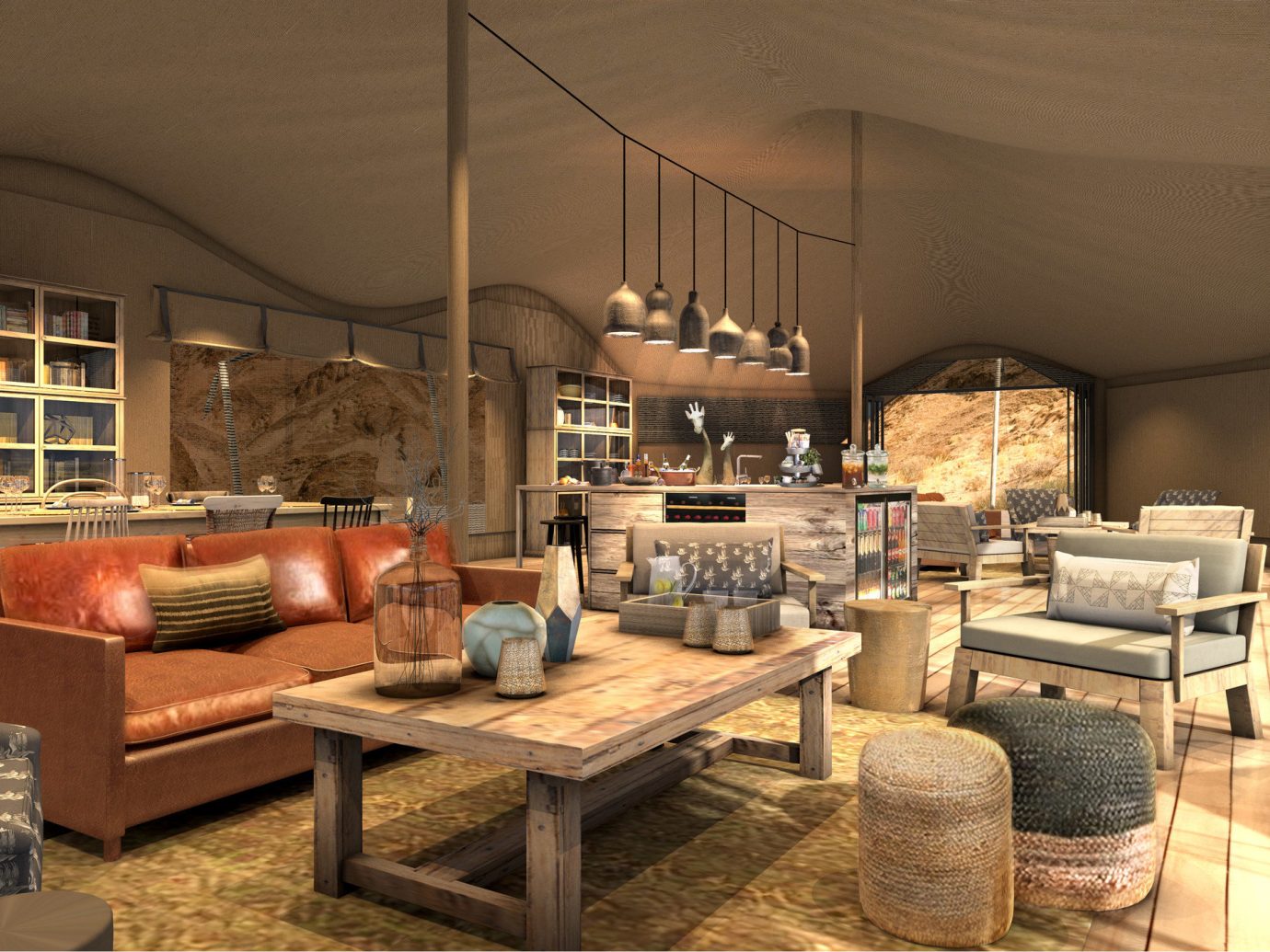
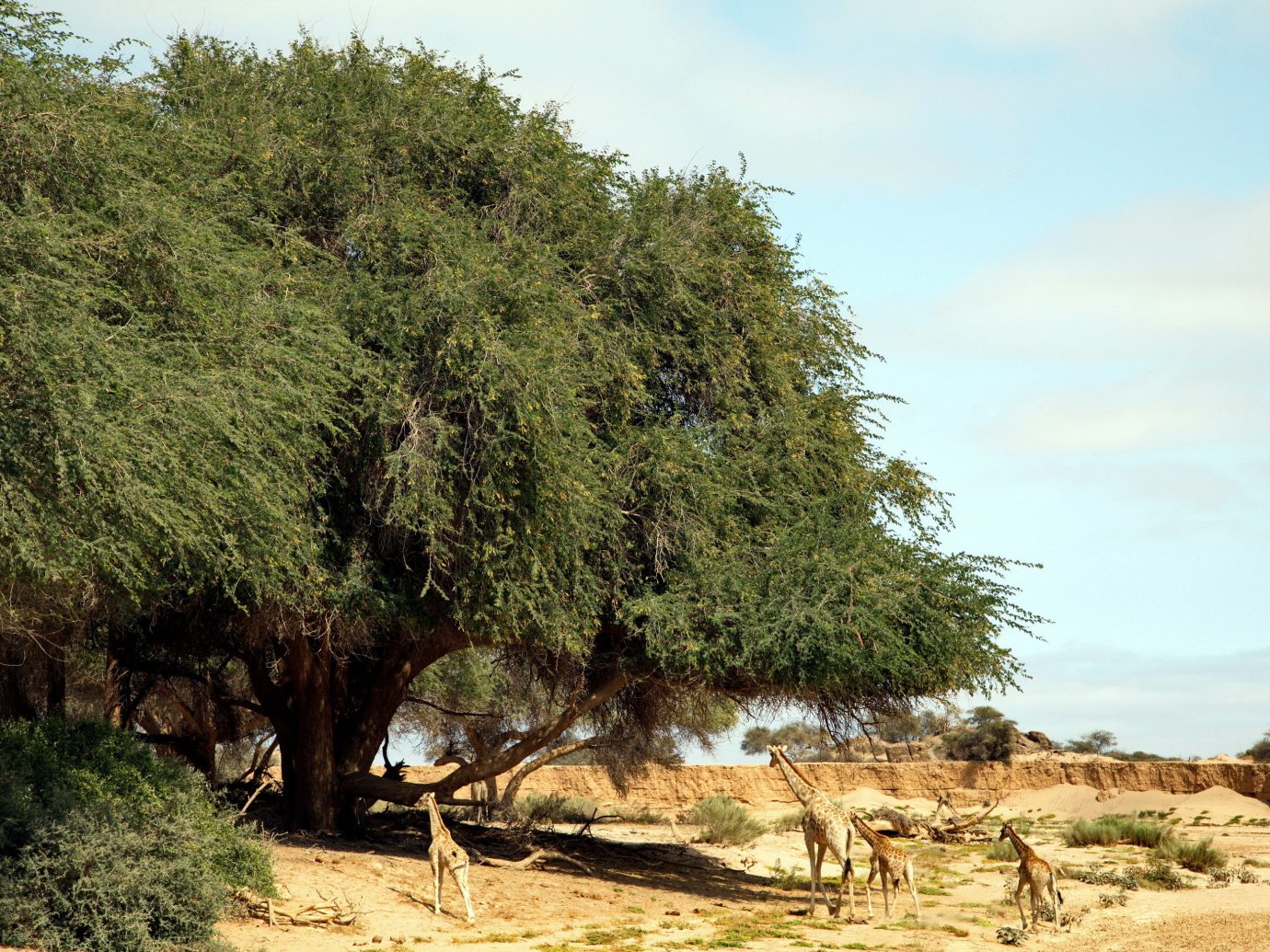
The Skeleton Coast
The Mars-like landscape of Namibia’s Skeleton Coast is nearly impossible to access by land—much of the landscape is restricted to vehicles—but by air, the sky is the limit. No bucket-list trip to Namibia would be complete without witnessing this otherworldly terrain where sand meets sea. Scenic flights from Swakopmund Airport follow the Swakop and Khan rivers bound for the coast, where fly-overs frequently spot Cape fur seal colonies, ancient shipwrecks, and a section of endless dunes known as the “Long Wall.”
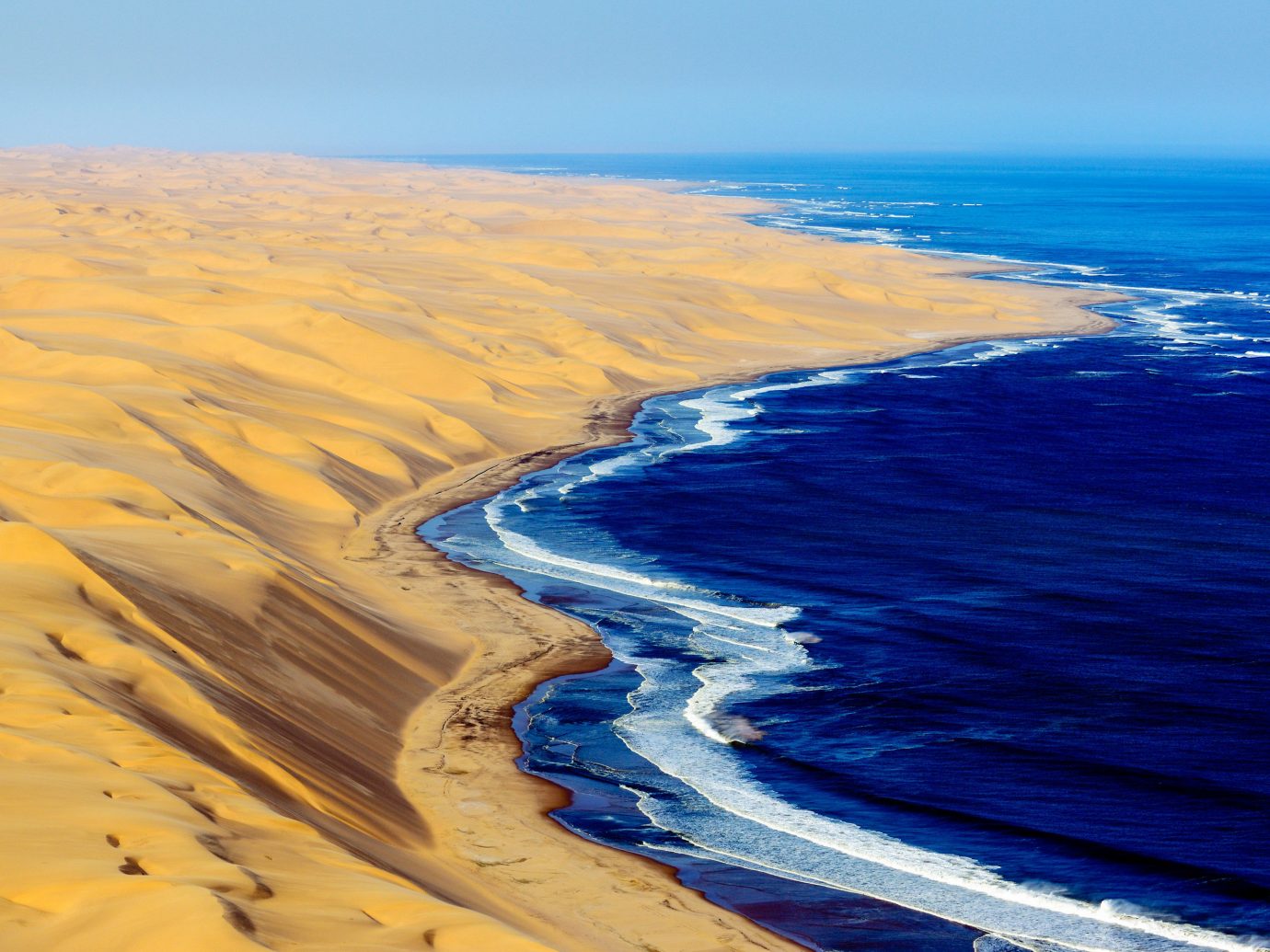
Sossusvlei
If you’ve ever seen a picture of Namibia in all its rusty-red duned, blue-skied glory, you’ve probably looked at Sossusvlei, or “dead end marsh.” This vast salt and clay pan in the southern reaches of the Namib Desert is one of the country’s most iconic landscapes, so named because this is where the Tsauchab River fizzes out into dust. Among the expanse’s highlights are the Sesriem Canyon, which holds water year-round despite the arid conditions; Dune 45, where a relatively easy (and well-worth it) climb to the top affords sweeping views of Dune Valley; and Deadvlei, another stark-white salt pan whose century-old petrified camel thorn trees make for a fantastic photo-op.
RELATED: 14 Dreamy Desert Trips
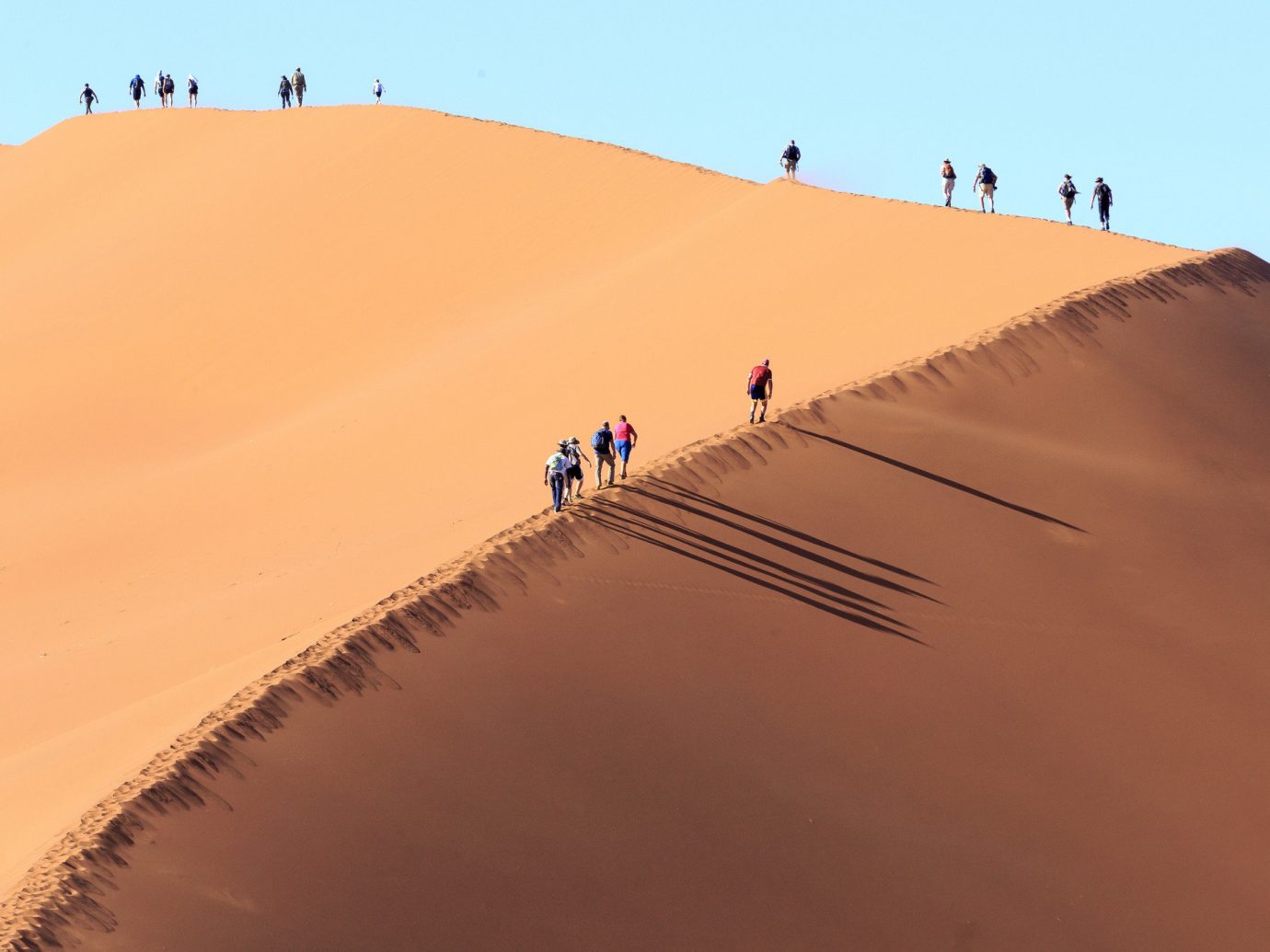
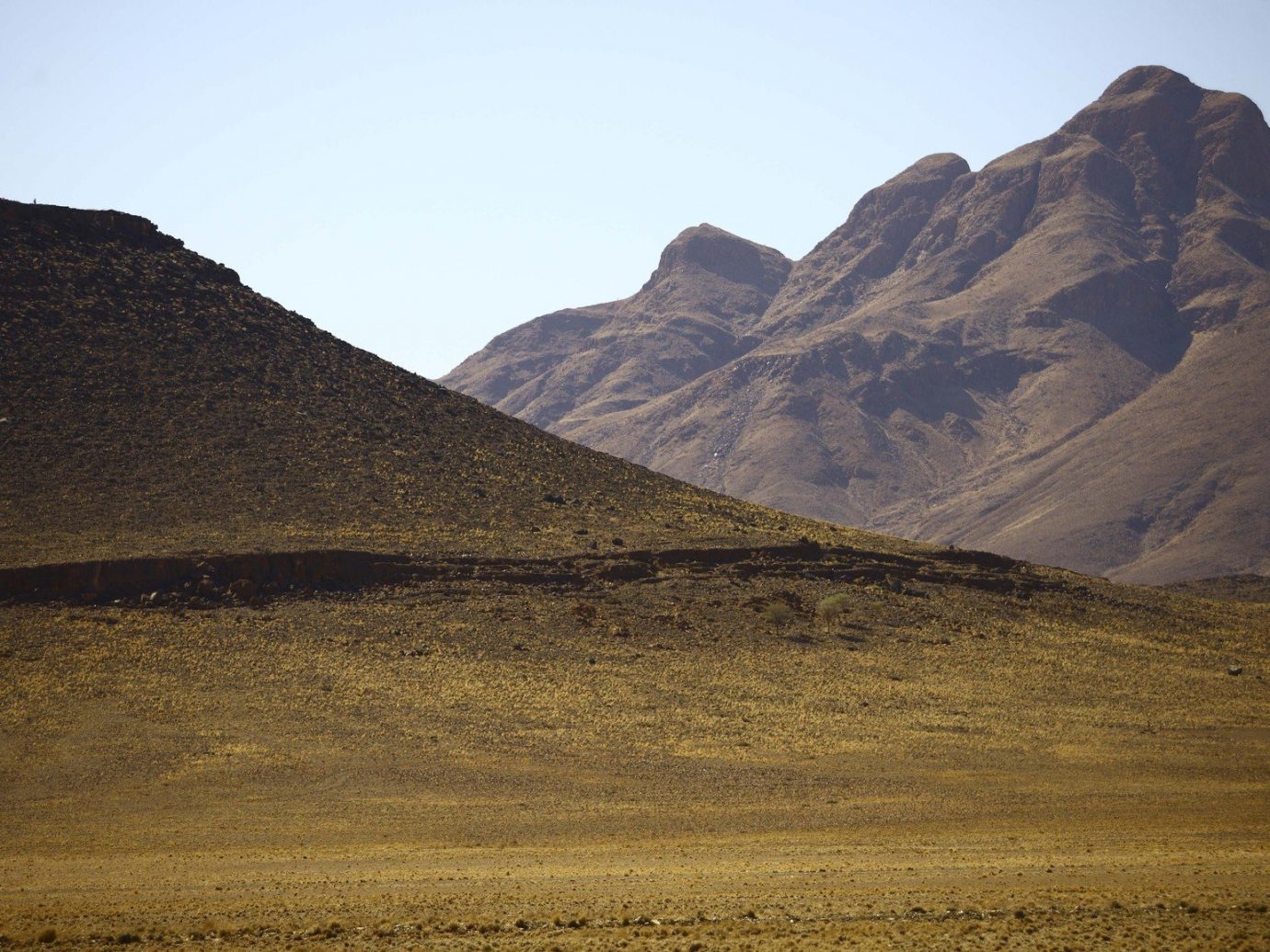
Kaokoland
Only the most dedicated explorers venture into Kaokoland, Namibia’s most remote and isolated corner. Its rocky, undeveloped roads mean traveling by 4×4 is nonnegotiable—and forget about any luxury suites or plunge pools (unless you’re at Hoanib Valley Camp, of course). Camping here is rugged and self-sufficient, but those that do will be rewarded with one of the most authentic off-the-grid experiences left on Earth. This is the home of the Himba, one of the last remaining semi-nomadic desert tribes in Africa, who take shelter in dome-like structures and whose women still color their hair and skin in the traditional fashion—with red orchre and perfumed tree resin. Top photo ops here include Epupa Falls, whose gorge is sprinkled with Baobab trees, and the infamous Van Zyl’s Pass.
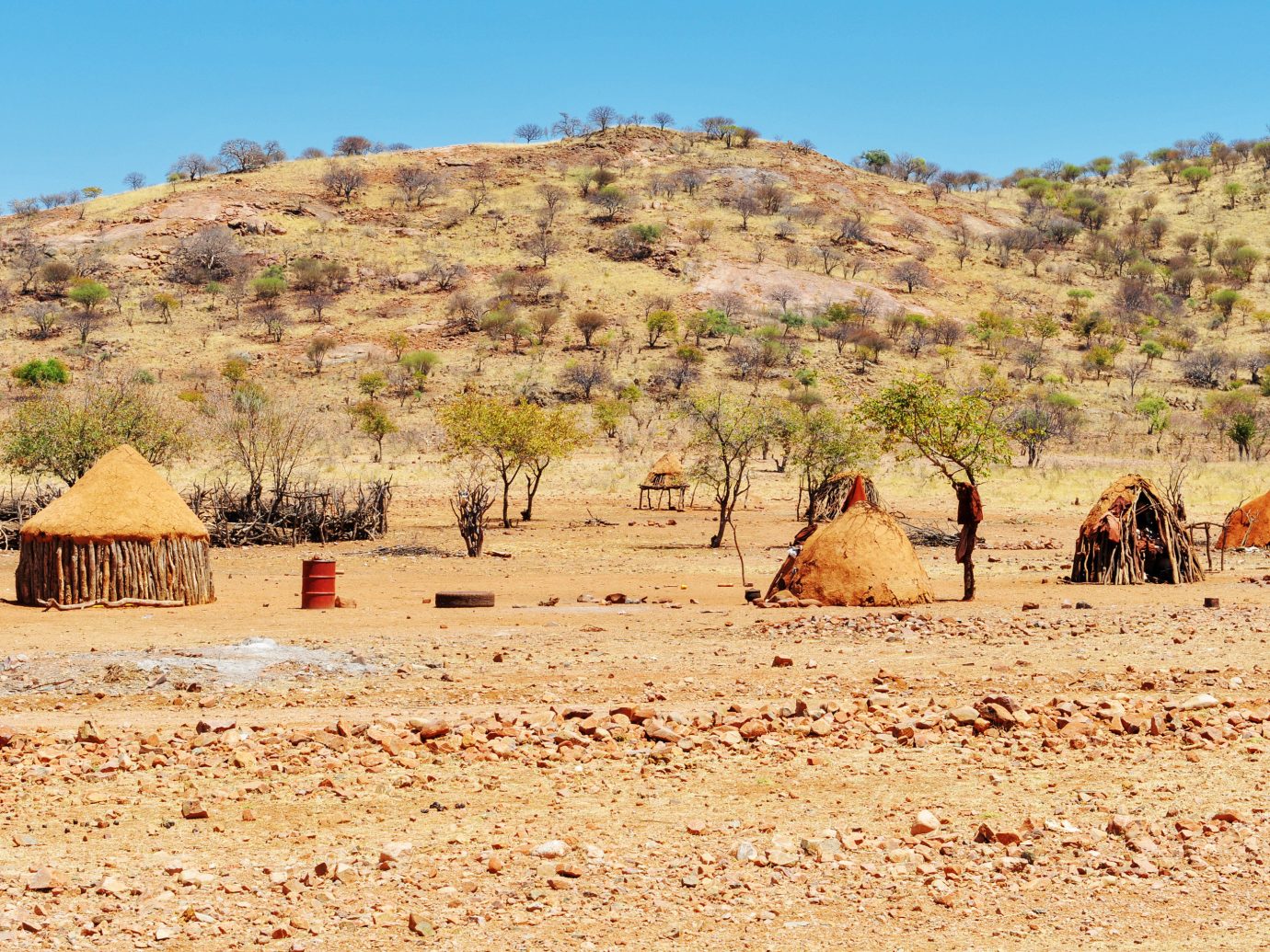
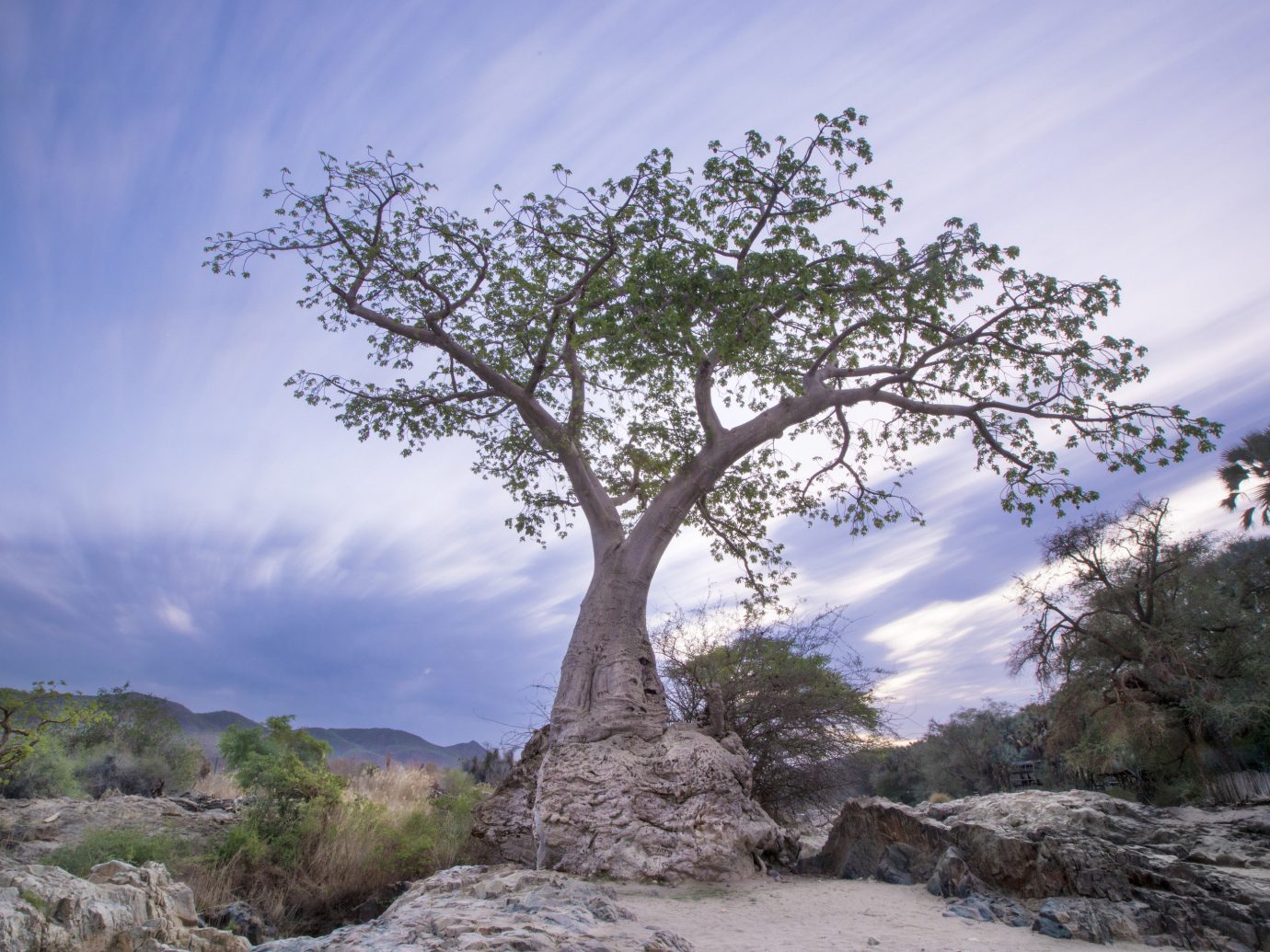
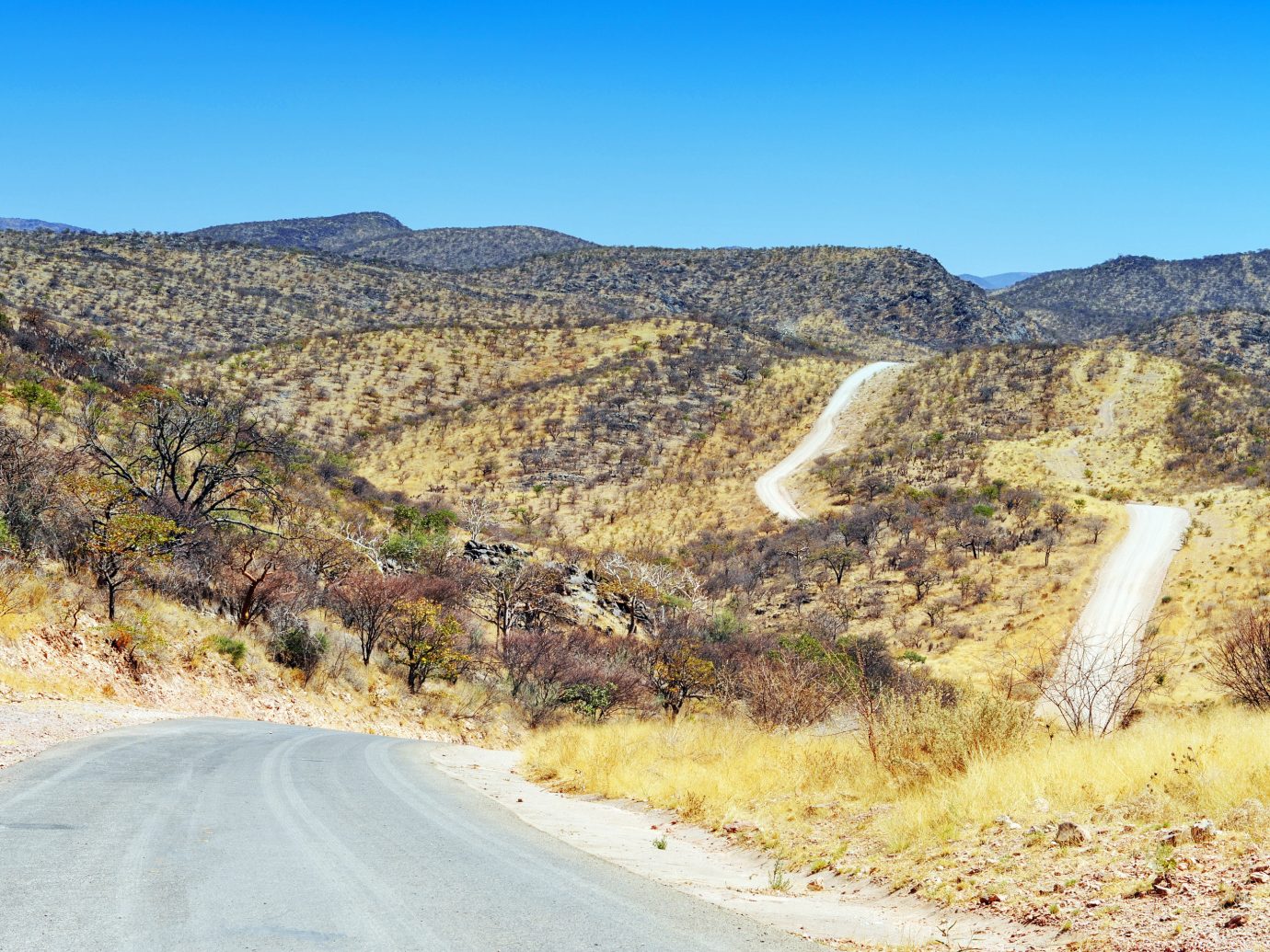
Etosha National Park
Don’t be deterred by its yellowed grasslands and unforgiving salt pans—Namibia’s Etosha National Park is arguably one of the best parks to safari in southern Africa. Yes, you’re unlikely to see lush floodplains (like in Botswana) or verdant savannah (as in Kenya), but the area’s desolate, dusty ecosystem works to your sightseeing advantage. Water holes are the source of life here in the desert; find one, and chances are good you’ll run into a host of species—lions, elephants, zebras, Africa’s last free-ranging black rhinos—who come to drink and bathe. Hoping to avoid all that dryness? During the rainy season, the desert transforms into a shallow lagoon of shimmering lakes that fill up with flamingoes and pelicans.
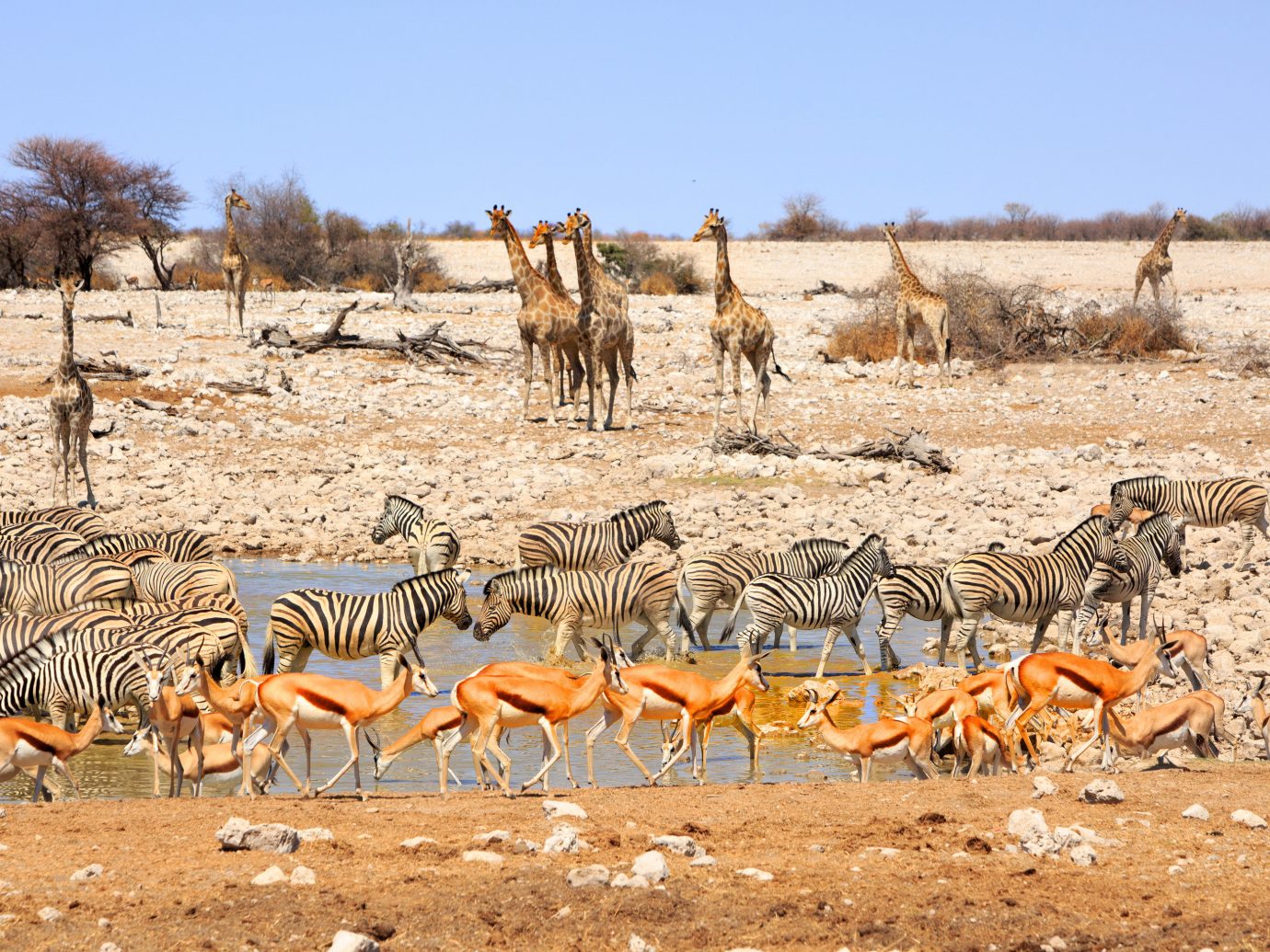
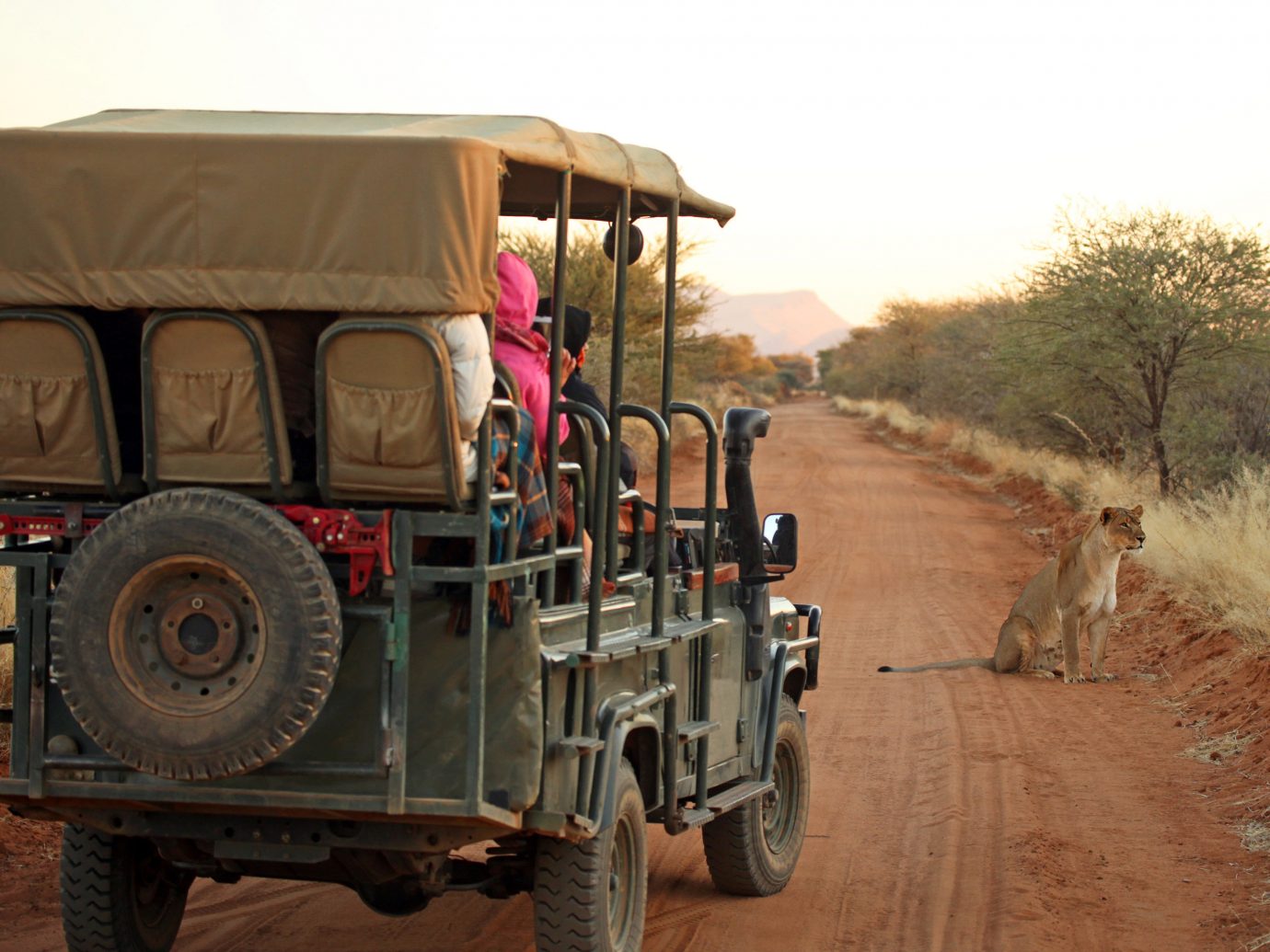
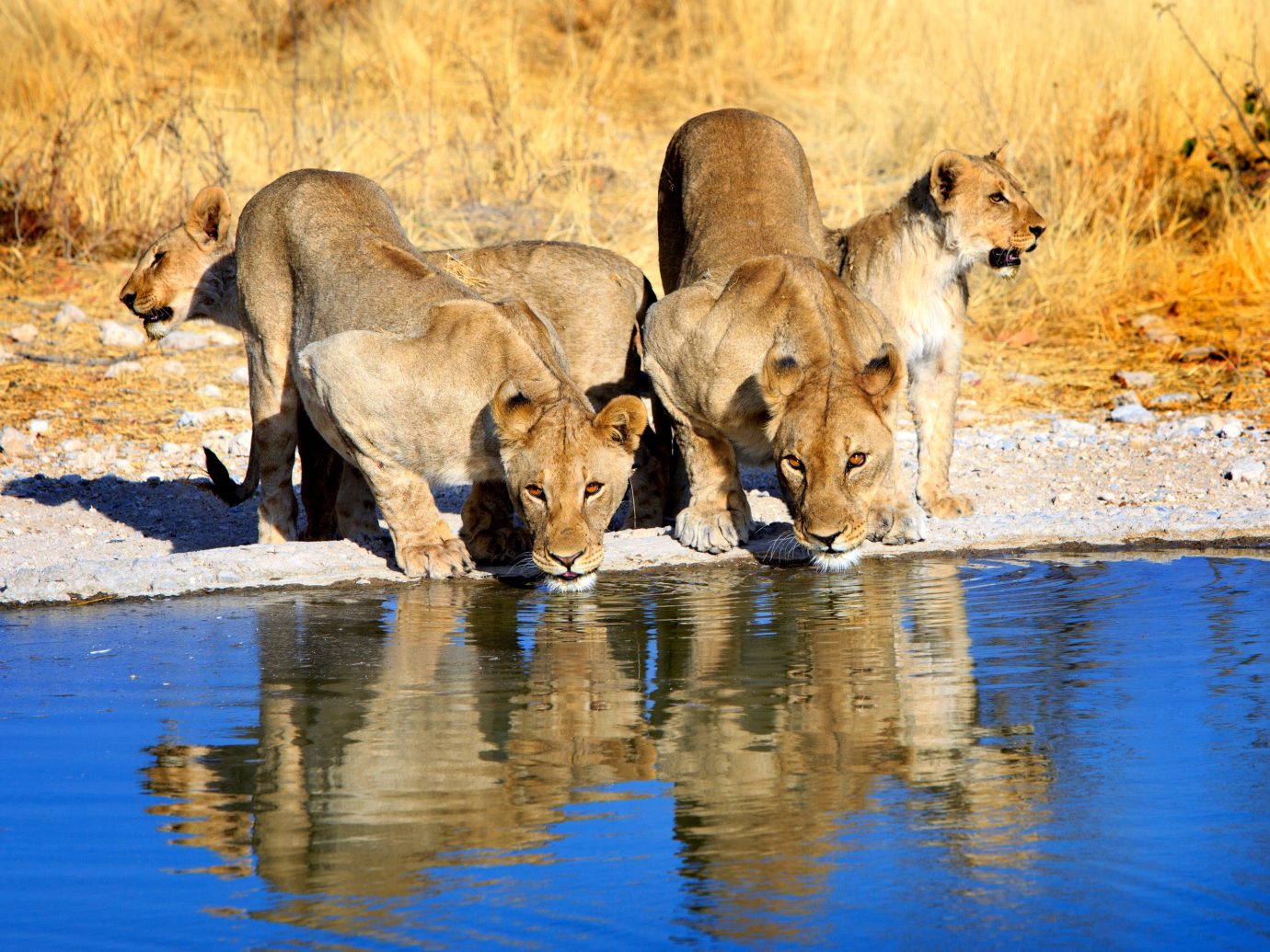
NamibRand Nature Reserve
At 420,000 acres, Namibia’s NamibRand Nature Reserve is one of the largest private wildernesses in southern Africa—and enforces such strict development rules that you’ll rarely come across another soul for miles and miles beyond your own camp. The five properties that comprise Wolwedans are some of the area’s most luxurious accommodations (and if Harry and Meghan chose to spend a few nights here, this is probably where they’d land)—we’re talking all-inclusive experiences that include game drives, mountain-view suites, and sunrise hot air balloon flights. You won’t want to tire yourself out too much, however: NamibRand is one of only 12 designated International Dark-Sky Reserves in the world, and you’ll find nowhere better (or clearer) to see the stars and Milky Way with your naked eye.
RELATED: 9 Stellar Places to Stargaze
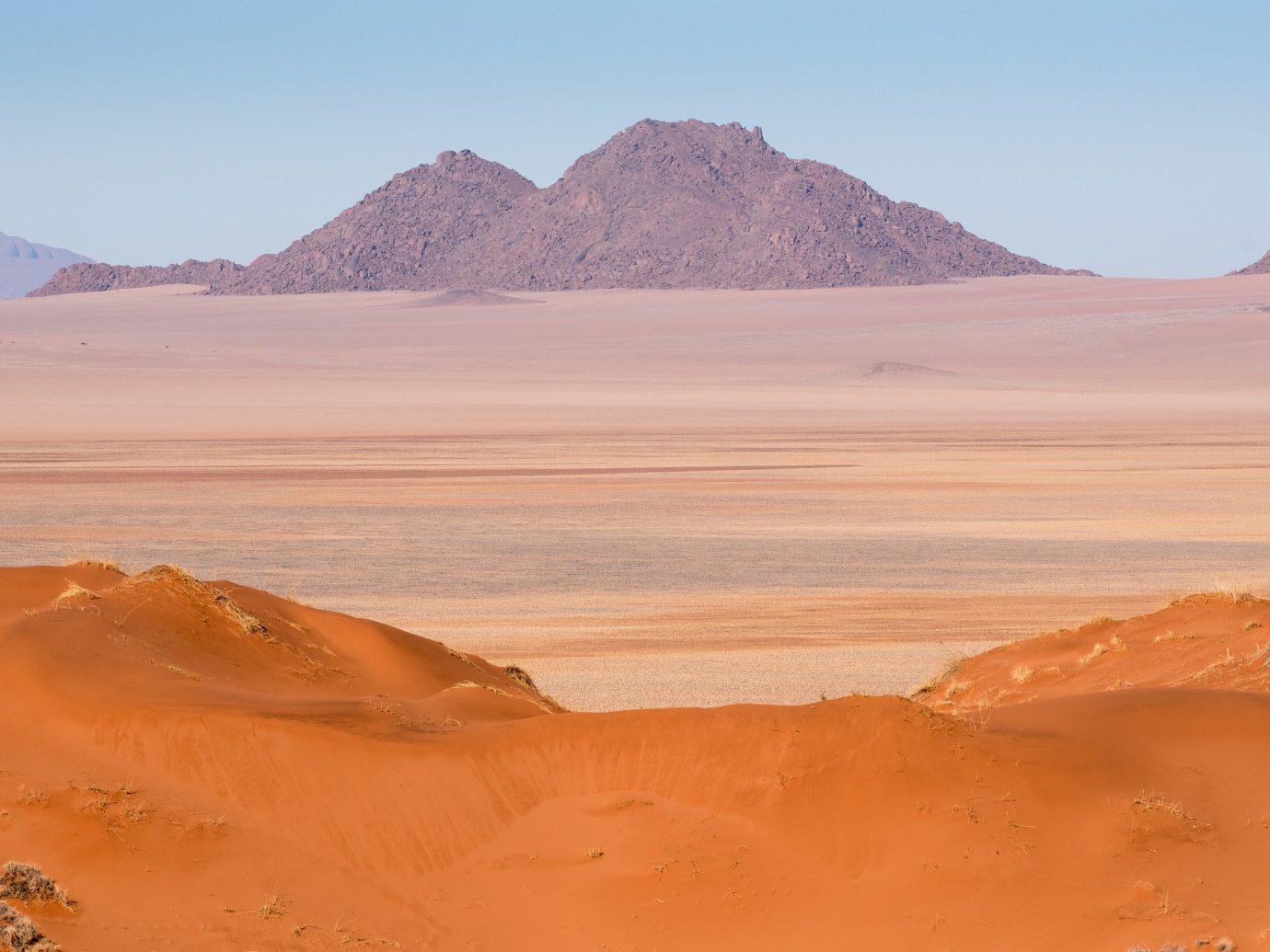
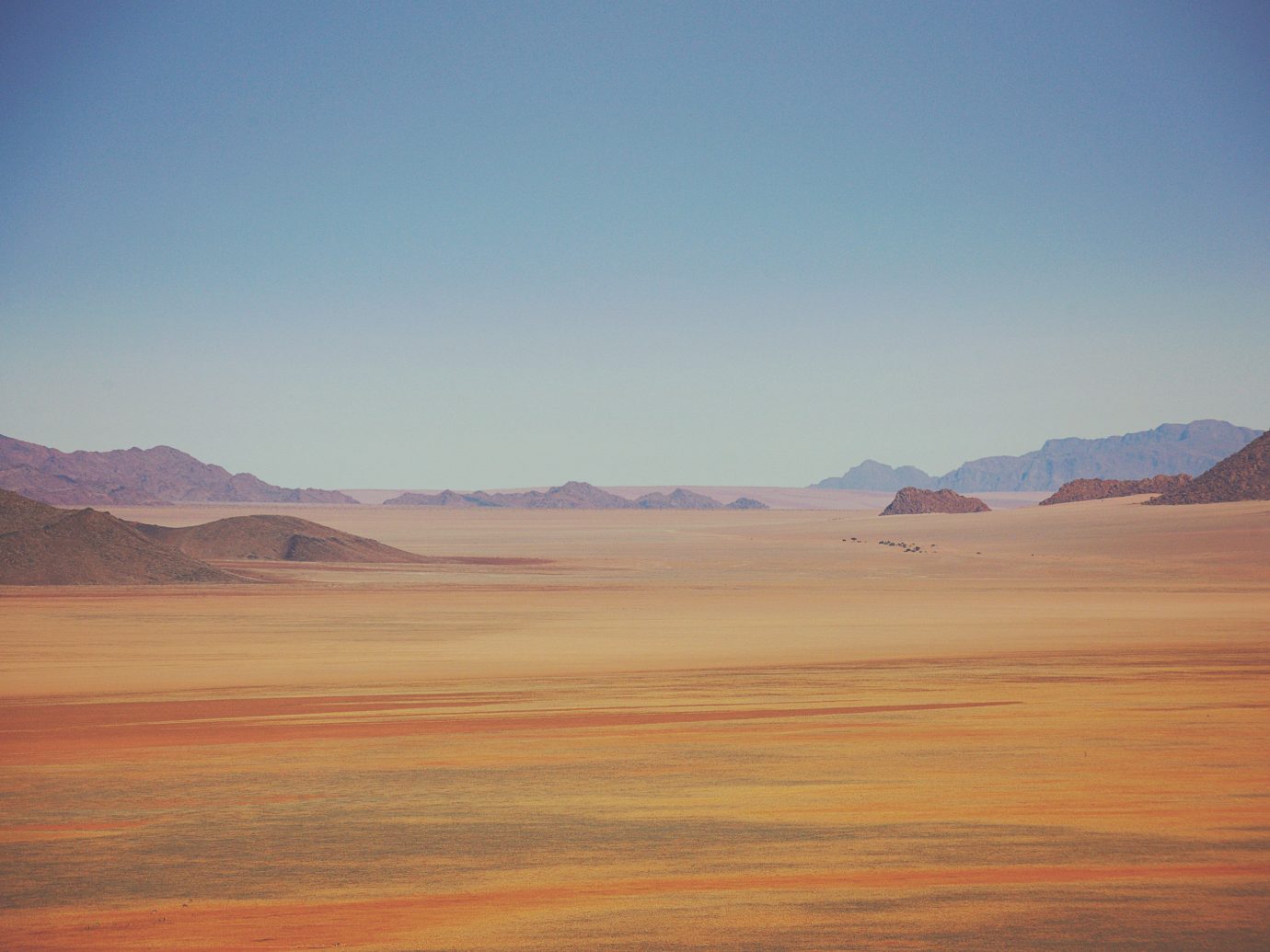
Swakopmund
Its position crammed between the Atlantic’s Skeleton Coast and the Namib Desert means travelers often treat coastal Swakopmund like a layover for reaching either final destination, without carving out time to see the city itself. But there’s more here than your guide books let on—including an authentically African way of life with a German twist left over from colonial times (just look to its half-timbered houses, German restaurants, and very European promenade along the coastline). Don’t miss a visit to the historic Swakopmund Lighthouse or nearby Walvis Bay, whose lagoon plays host to more than 100,000 pink flamingoes.
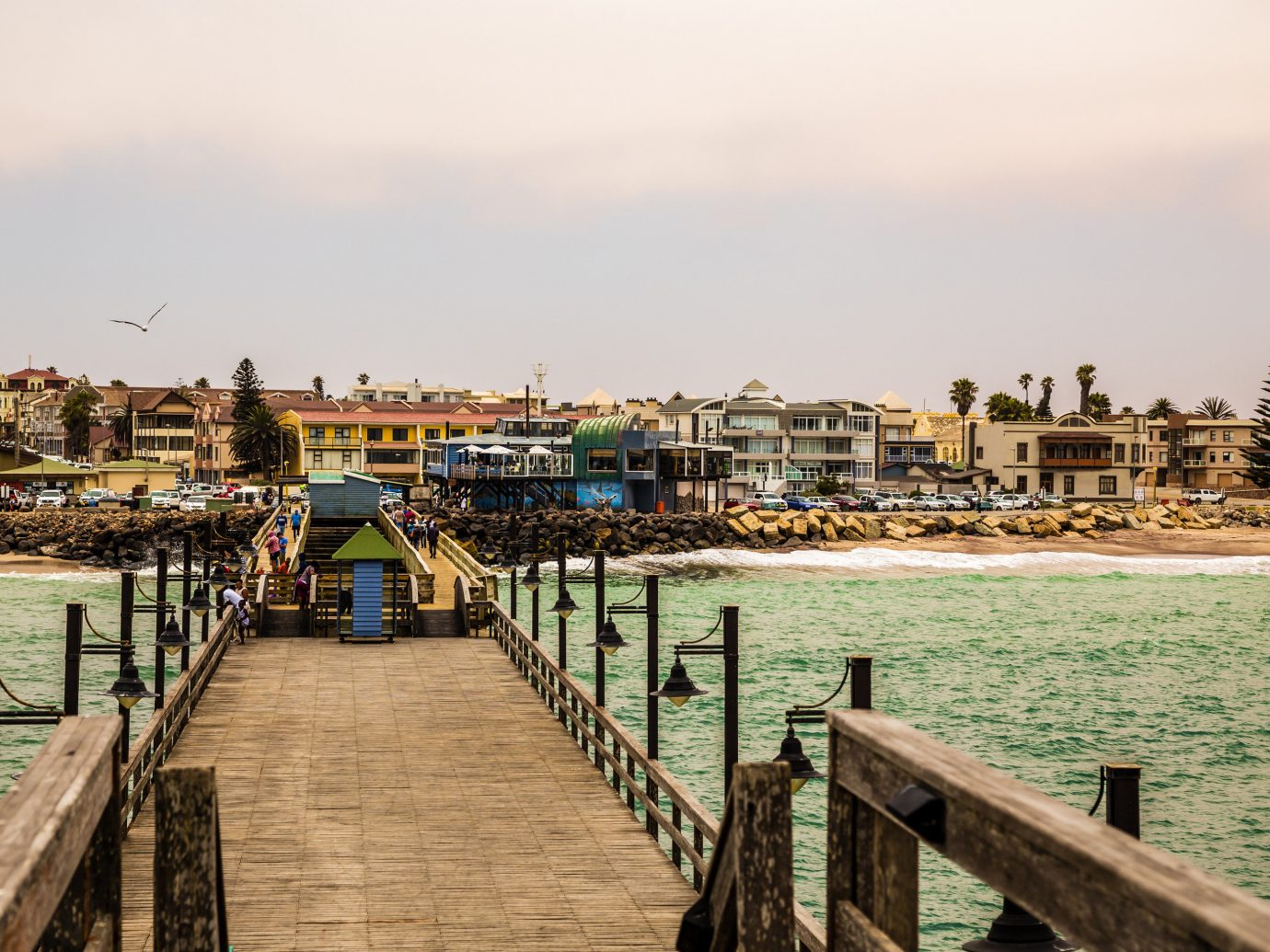
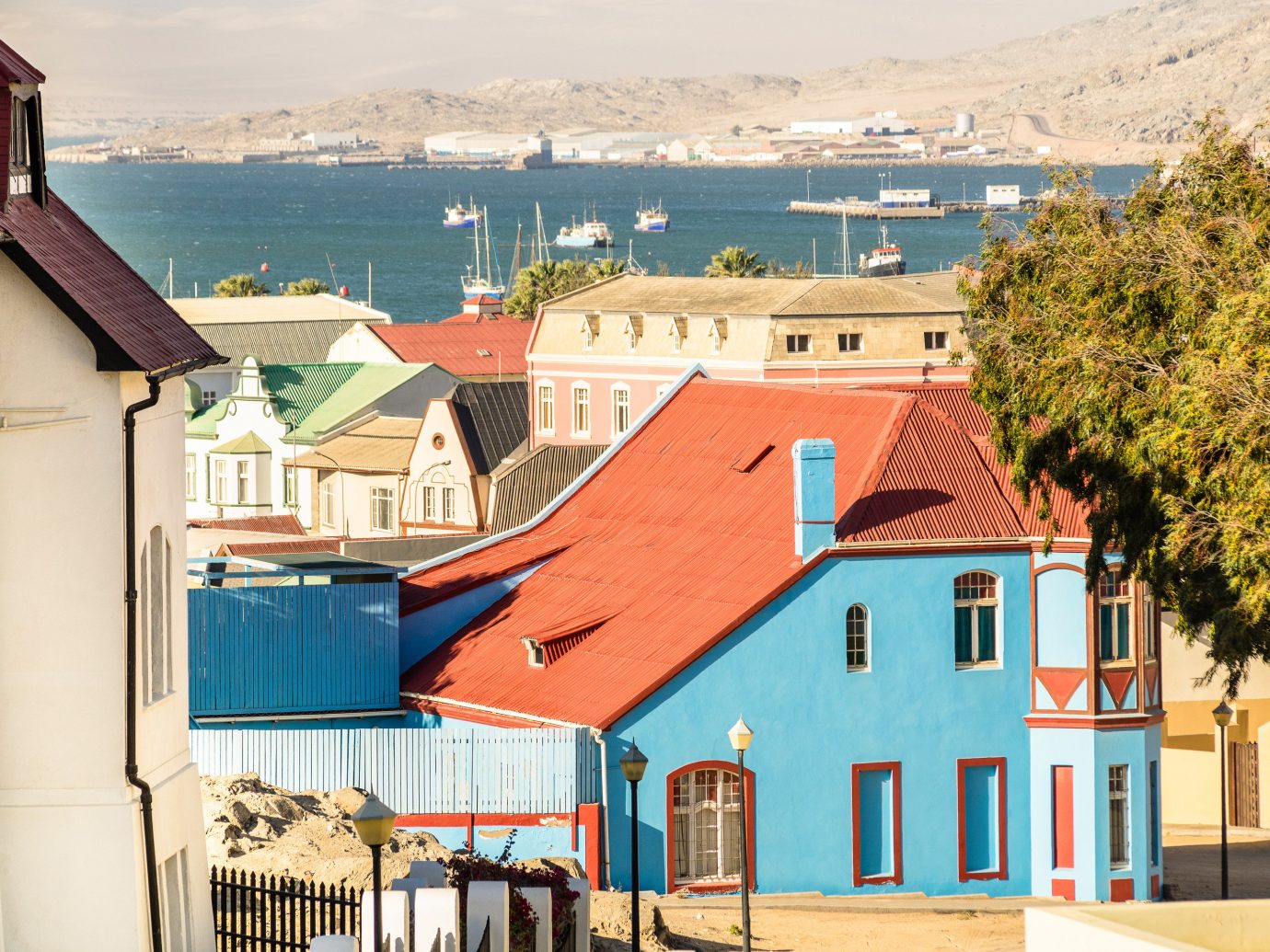
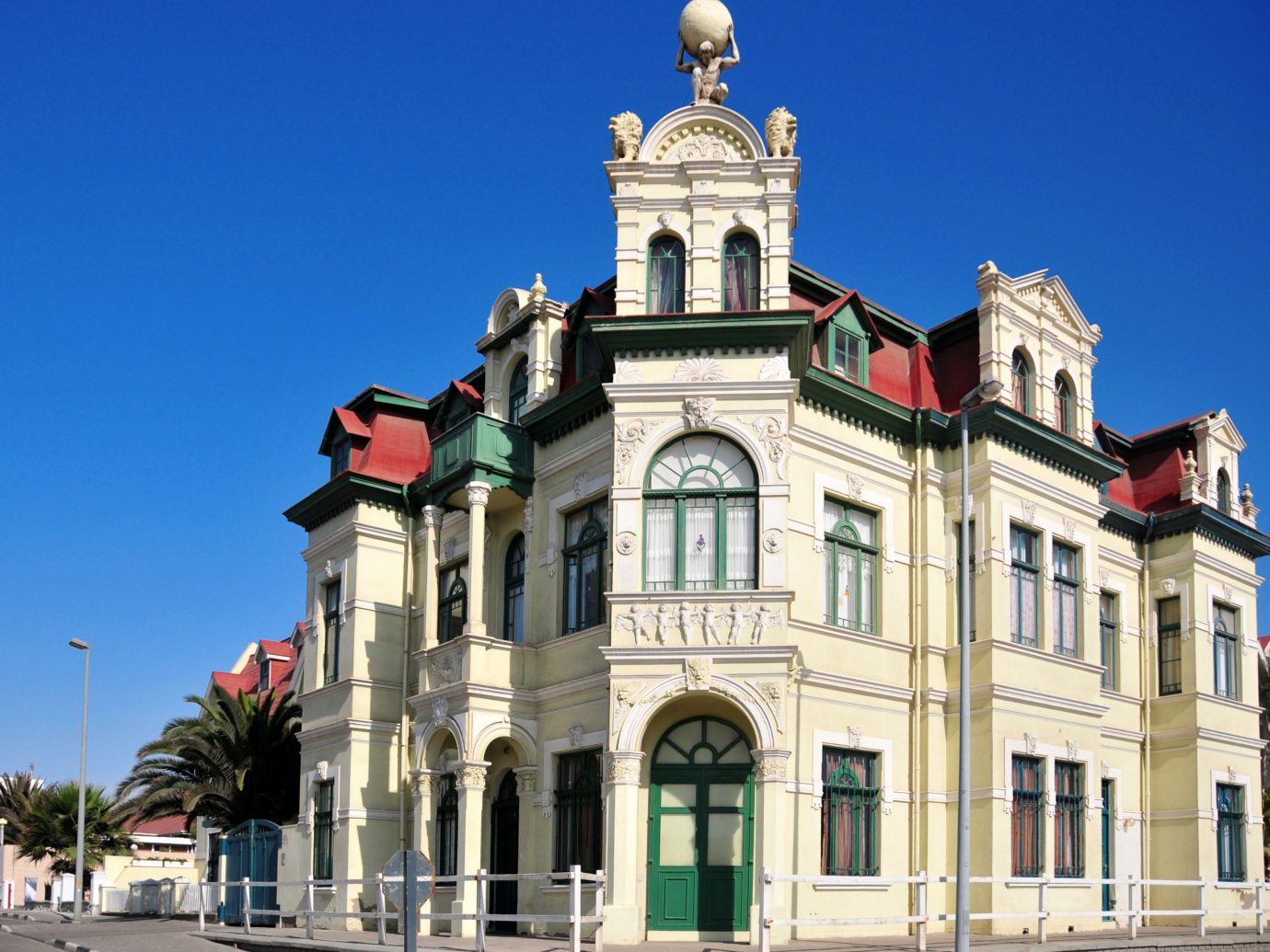
Want more?
- Gorgeous Desert Hideaways Worth Braving the Heat For
- The World’s Most Spectacular Safaris
- Where to Honeymoon Based on Your Zodiac Sign
Comments
All products are independently selected by our writers and editors. If you buy something through our links, Jetsetter may earn an affiliate commission.
Become a Jetsetter.
Use our insider connections to know where to go and what to do.
By proceeding, you agree to our Privacy Policy and Terms of Use.
Thanks for Signing Up!

